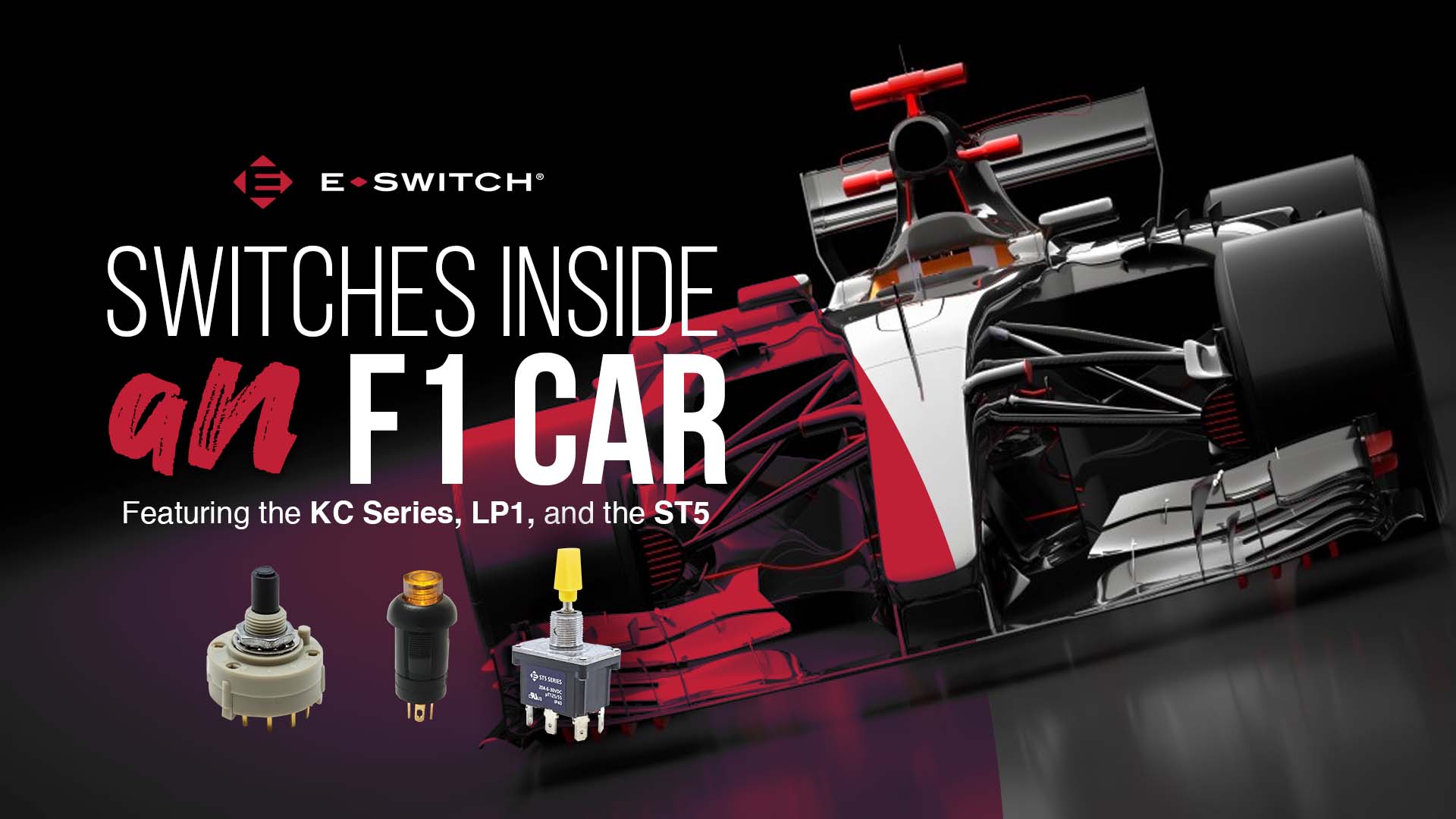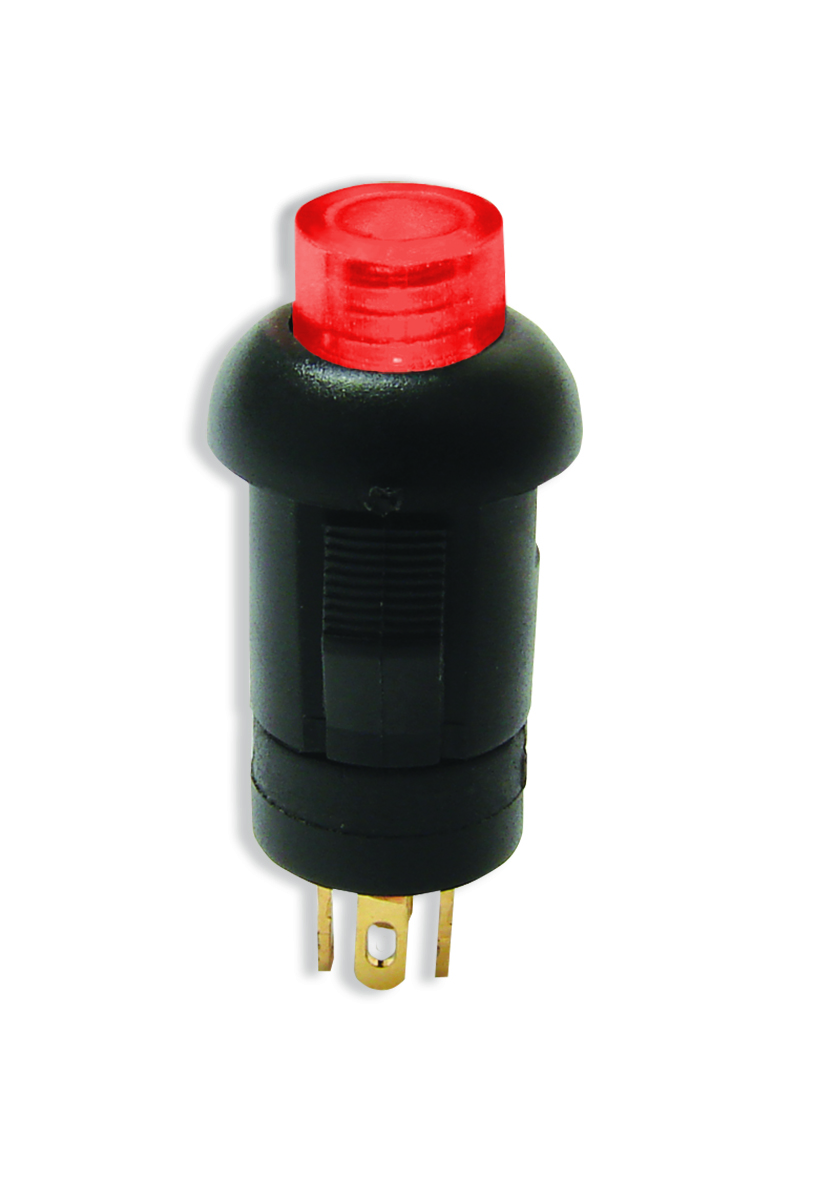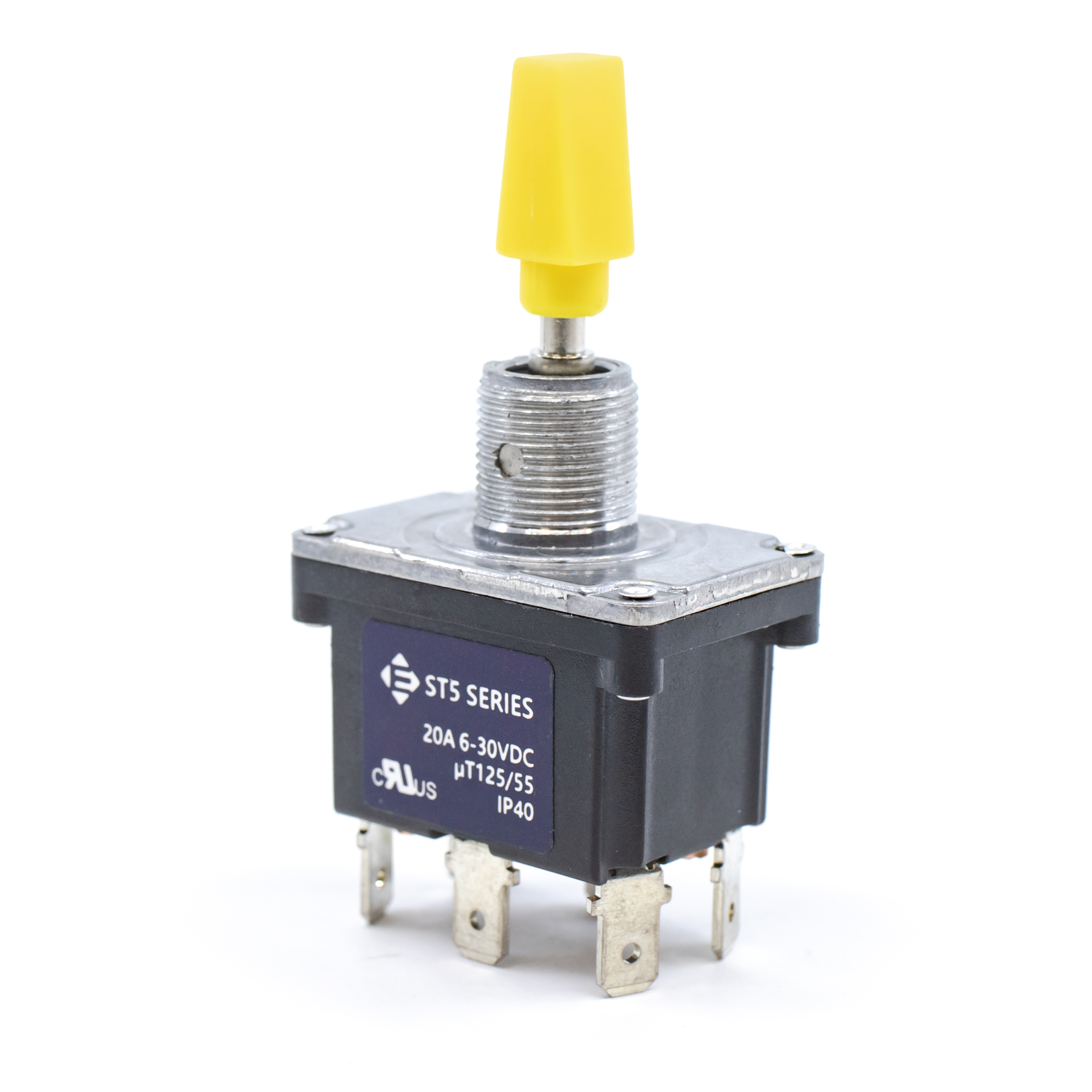With Formula 1 Racing continuing to grow in popularity across the United States, it’s the perfect time to investigate the many switches in an F1 race car — there are a lot of them. Switches on an F1 car steering wheel are essential components that allow the driver to control various aspects of the car’s performance and systems while racing. These switches provide quick and easy access to a wide range of functions, allowing the driver to make adjustments on the fly.
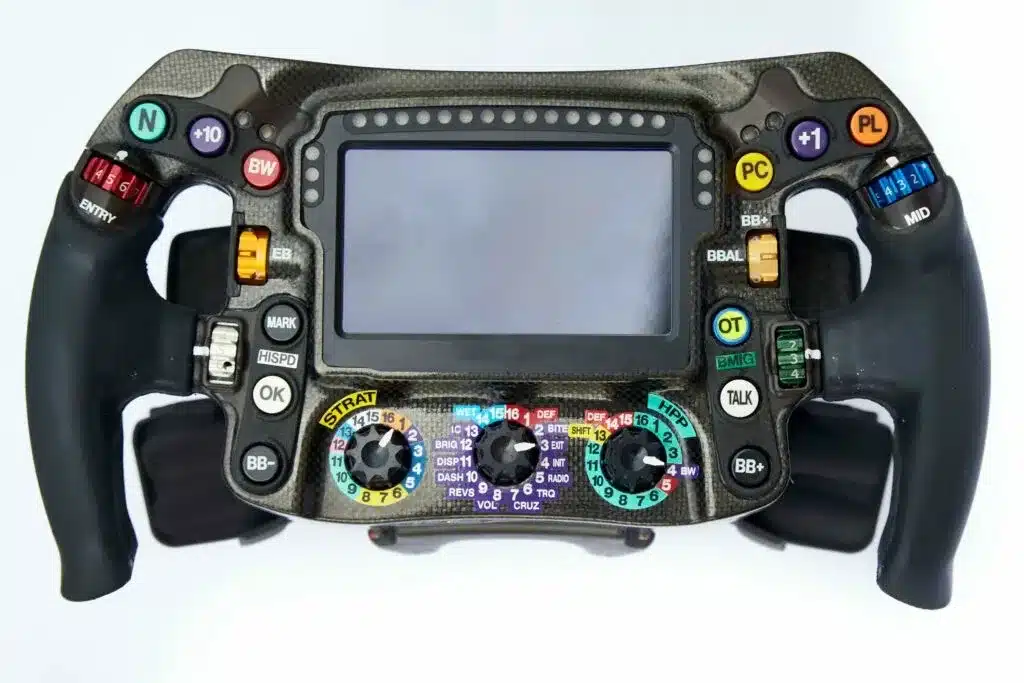
Often times the Formula 1 production team engages viewers with their cockpit cameras, showing the driver’s view of the racetrack and what they’re doing with all those switches on their steering wheel. It’s difficult to look away. Here’s a breakdown of the many switches in an F1 race car.
What is DRS?
DRS stands for Drag Reduction System, but the explanation you’ll get from Google seems to indicate that an entirely different wing that allows air to flow through it needs to be installed by the pit crew on the back of the car. So when it’s announced that DRS will be allowed for drivers within one second of the car in front of them, you expect every car to make a pit stop. But that’s not the case at all. DRS is activated by the driver using a simple switch.
With the touch of a pushbutton switch, a driver can activate adjustable panels on the rear wing that allow air to flow through the wing, reducing drag and increasing top speed to overtake other cars in the race. E-Switch has a variety of pushbutton switches that perform this function, like the LP1 illuminated pushbutton switch.
The LP1 Series pushbutton switch is a panel mount illuminated LED switch that looks a lot like some of the switches on the steering wheel of an F1 car. It’s available with multiple illumination color options and a momentary pushbutton function.
The Pit: Communicating and Limiting Speed
Latching functions, like the pushbutton switch that limits an F1 car’s speed in the pit lane, can be performed with other LP Series pushbutton switches, which also come with multiple illumination options. The “talk” button is a pushbutton switch requiring a latching function that allows the driver to convey information about the car to the mechanics so changes can be made. The “neutral” switch, which puts the car in neutral, is another latching switch, but when held for a long enough time it gives the driver a reverse gear.
Engine Modes Galore
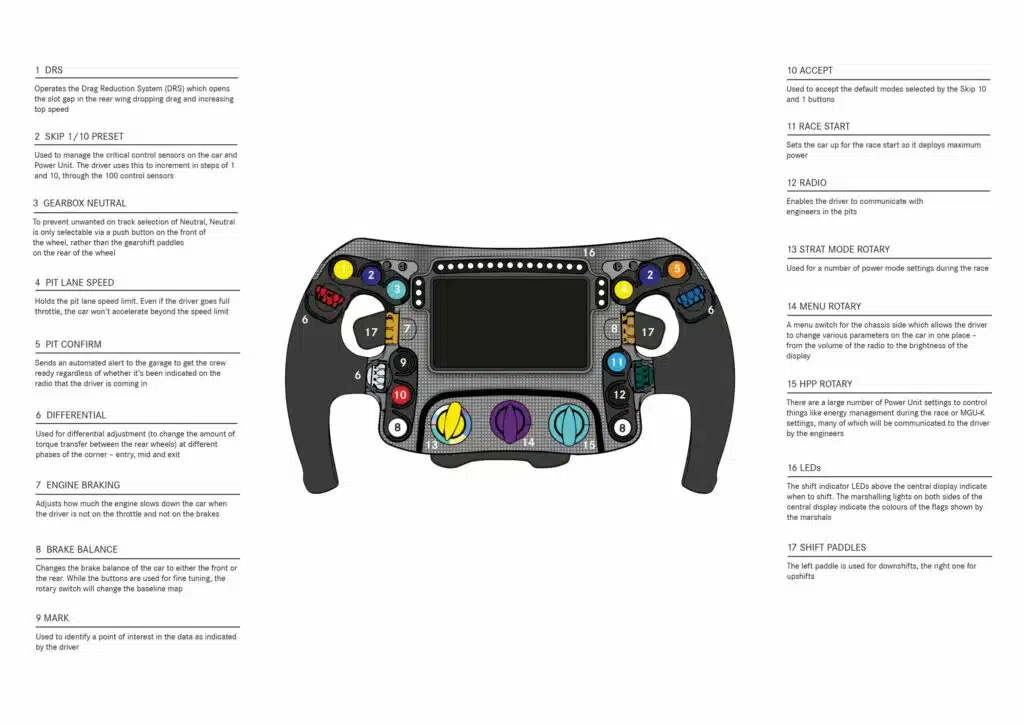
There are also many rotary switches on an F1 steering wheel, one of which controls the engine modes. This rotary switch, called the STAT switch, allows the driver to select the engine mode that best suits his or her situation, whether that’s defending against or overtaking other drivers. These options are vast, and the KC Series rotary switch from E-Switch provides up to a dozen positions.
The KC Series rotary switches come with three different actuator options in seven different lengths. Bushing options include standard or metric sizes, and contact options include non-shorting, break-before-make or shorting, make-before-break. Terminals are also available in silver or gold.
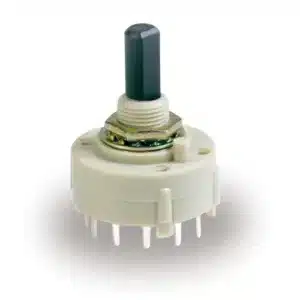
Ignition
Then there are the toggle switches, one of which is most likely used to turn on the race car’s engine. The ST5 Series high operating temperature toggle switch could fulfill this function in any climate. The operating temperature range for these toggle switches is between -10°C to 125°C, so hot days on the race track are no problem for the ST5. The ST5 also offers 10 different function options, so these switches aren’t limited to turning the engine on and off.
Whatever the F1 function, whether it’s Lewis Hamilton enabling DRS to try and overtake cars in front of him or Max Verstappen defending his pole position, E-Switch has the switch to do the job.
